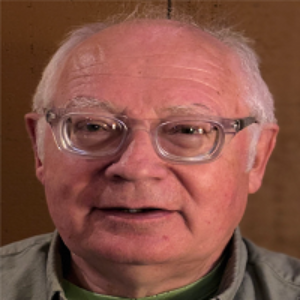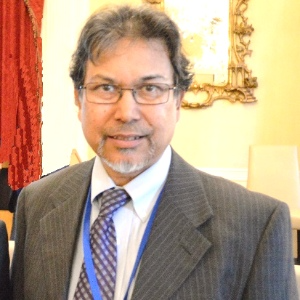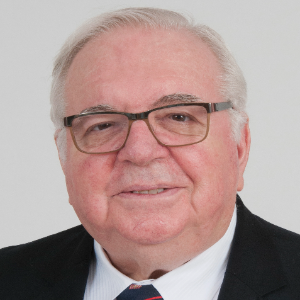Carbon nanotubes (CNTs) are cylinder-shaped molecules made up of rolled-up single-layer carbon atom sheets (graphene). Single-walled nanotubes (SWCNT) have a diameter of less than 1 nanometer (nm), while multi-walled nanotubes (MWCNT) have diameters of more than 100 nm and are made up of multiple concentrically interconnected nanotubes. Their length might range from a few micrometres to millimetres. According to their atomic structure, carbon nanotubes can be classed as semiconducting or metallic. Carbon nanotubes are also the strongest one-dimensional materials and have excellent mechanical characteristics. Due to its extraordinarily high tensile strength, electrical conductivity, transparency, and status as the world's thinnest two-dimensional material, graphene has become a stellar nanomaterial.
Carbon atoms are closely bonded in a hexagonal honeycomb lattice to form graphene, which is a single layer (monolayer). It's a carbon allotrope with a molecular bond length of 0.142 nanometres and a plane of sp2-bonded atoms. Graphite is made up of layers of graphene stacked on top of each other with an interplanar spacing of 0.335 nanometres. Van der Waals forces hold the individual layers of graphene in graphite together, which can be overcome during graphene exfoliation.
Single-layer materials, often known as 2D materials in materials science, are crystalline solids made up of a single layer of atoms. These materials show promise in several applications, but more research is needed. The -ene suffix is commonly used in the names of single-layer materials produced from single elements, such as graphene. The suffixes -ane or -ide are used to describe single-layer materials that are made up of two or more components. 2D materials are classified as either 2D allotropes of different elements or compounds (consisting of two or more covalently bonding elements). Due to their exceptional features such as high mobility, high conductivity, high mechanical strength, and long spin diffusion length for spintronics devices, 2D materials have sparked a lot of attention.
- Biocompatibility and biodegradability of 2D materials
- Carbon Nanostructures for Sensing Applications
- Classic Carbon Nanostructures
- Single Layer Materials
- Nanomaterials

Ephraim Suhir
Portland State University, United States
Thomas J Webster
Interstellar Therapeutics, United States
Robert Buenker
University of Wuppertal, Germany
Will Skene
Montreal University, Canada
Valeriy A Buryachenko
Micromechanics & Composites LLC, United States
Anis Rahman
Applied Research & Photonics, Inc, United States
Will Skene
Montreal University, Canada
Robert Guidoin
Laval University, Canada
Robert Buenker
University of Wuppertal, Germany


Title : Introducing picotechnology: An exciting extension of nanotechnology
Thomas J Webster, Interstellar Therapeutics, United States
Title : The failure of both einsteins space-time theory and his equivalence principle and their resolution by the uniform scaling method
Robert Buenker, University of Wuppertal, Germany
Title : Material challenges with proton conducting ceramics for intermediate temperature hydrogenation/dehydrogenation applications
Saheli Biswas, Commonwealth Scientific and Industrial Research Organisation, Australia
Title : Porphyrin layers at metal-electrolyte interfaces monitored by EC-STM and CV
Marek Nowicki, University of Wroclaw, Poland
Title : Color control of electrochromes by structural modification
Will Skene, Montreal University, Canada
Title : Make experiments more efficient: Two simple and powerful approaches. Mg2Si growth for photovoltaic and thermoelectric applications
Alexander S Gouralnik , Institute of Automation and Control Processes, Russian Federation
Title : Reconfigurable antenna structures using tunable materials
Nasimuddin, Institute for Infocomm Research, Singapore
Title : (0, 1 and 2) Dimensional hybrid architecture of the synthesized materials leads the smart sensing of the gaseous species at low/room temperature
D R Patil, North Maharashtra University, India
Title : Enhanced grain refinement, precipitates regulation, and improved mechanical properties of cast Al-Li alloy by Ti addition and heat treatment
Lixiong Shao, Shanghai Jiao Tong University, China
Title : Broadband sound attenuation of shape memory polymer with triangular-honeycomb unit cell metamaterial structural design
Musaab Ejaz, Universiti Teknologi PETRONAS (UTP), Malaysia